On this page:
Among the various types of railway systems, the Standard-Gauge Railway (SGR) is the most globally recognized, and using standard measurements promotes efficiency and uniformity. Throughout the world, many countries that have previously not used SGR are now working to implement it, including Kenya where the Mombasa-Nairobi SGR, a flagship project under the Vision 2030 development program, is aiming to improve travel time and boost economic growth.
Examples of parts of the world where SGR is already the norm for railways systems are the United States, Australia, China, and most of Europe, and China is now also implementing SGR in its ambitious international Belt and Road Initiative, which icludes plans to connect Beijing to London using SGR.
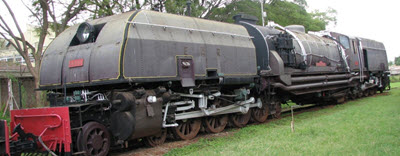
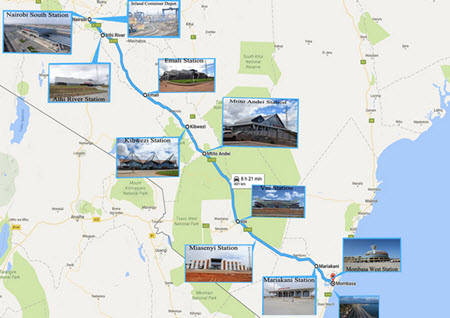
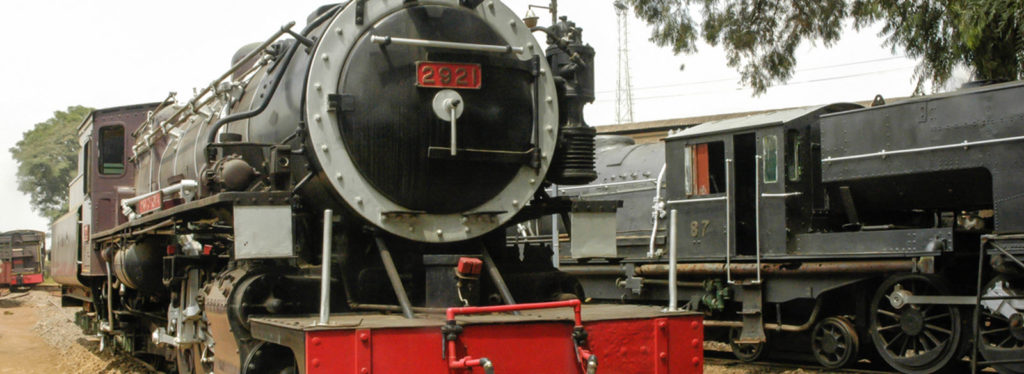
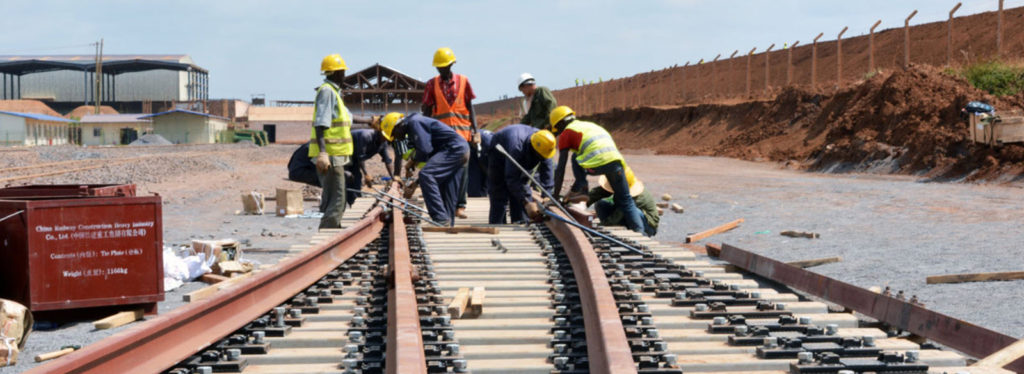

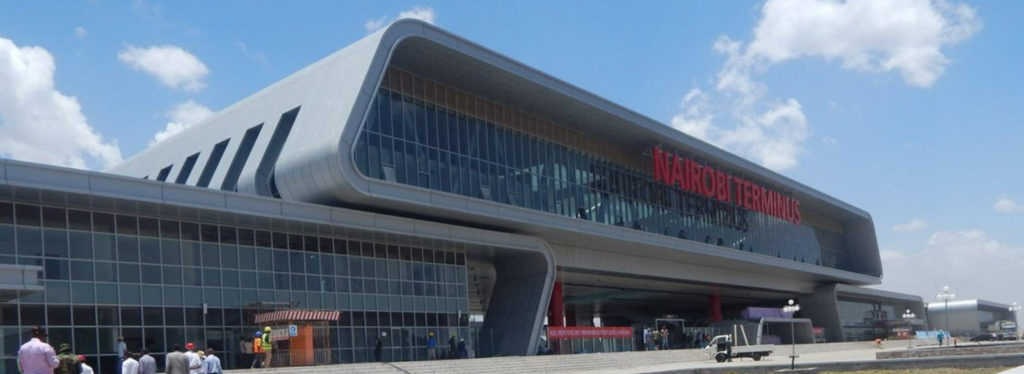
The Mombasa-Nairobi SGR
The Mombasa-Nairobi Standard Gauge Railway is now connecting the capital of Nairobi with the important port city Mombasa, and it has pretty much replaced the old metre-gauge railway.
The Terminus for Nairobi is not located in the centre; you´ll find it in Syokimau, roughly 20 km from the city centre. At Syokimau, travellers can transfer to a metre-gauge train to travel to Nairobi Central Business District (CBD).
The SGR Terminus in Mombasa is also located outside the central part of the city; in a suburb called Miritini.
Understanding the background
The old meter-gauge railway between Nairobi and Mombasa was built in the late 1800s and quickly became very important for the regional economy. After independence in 1963, this metre-gauge railway fell into decline due to a lack of maintainance, and the problems became especially pronounced toward the end of the century. In the mid-2010s, China and Kenya agreed to build a new standard-gauge railway (SGR) between Nairobi and Mombasa to replace the old worn-out one. Before the SGR, travelling by train between Nairobi and Mombasa could take anywhere from 16 to 24 hours. This was not only a long time, but also a wide time span, as some trips would take up to eight hours more to complete than others. With the SGR in place, travel time was not only reduced, but also became more predictable – today the journey takes approximately 4 hours and 45 minutes.
Understanding the Standard-Gauge Railway (SGR)
A ‘gauge’ in railway terminology refers to the spacing between the two parallel rails, which forms the fundamental structure of any railway track.
Standard-gauge, also called Stephenson gauge after George Stephenson, the British engineer who propagated it, is characterized by a track gauge of 1,435 mm or 4 feet 8.5 inches. This dimension has been recognized and adopted by the International Union of Railways (UIC) as the universal measurement, making it the most widely used railway track gauge across the globe.
Advantages of the Standard-Gauge Railway
1. Uniformity: The international standardization of the SGR ensures uniformity in rail manufacturing, making it cost-effective, especially for countries importing railway materials.
2. Speed: Compared to more narrow gauge railways, standard-gauge tracks can usually handle superior speeds because the wider track gauge provides better stability.
3. Interoperability: With standard-gauge, trains can seamlessly operate across different countries and regions, making regional and international trade and travel more convenient and efficient.
Challenges of Implementing Standard-Gauge Railway in Kenya
Despite its advantages, implementing SGR in Kenya is not without challenges. It demands significant investment and meticulous planning, as transportations needs must be met while existing narrow or broad gauge railway system are replaced with SGR. Conversion to standard-gauge can necessitate massive infrastructure overhaul and temporary disruption of services.
Why is the Nairobi-Mombasa Line So Important?
The Nairobi-Mombasa line is important because it connects the land-locked capital Nairobi with the important port city Mombasa on the Indian Ocean. Nairobi is the most populous metropolitan region in Kenya and Mombasa comes in at second place. This railway is thus connecting the two largest Kenyan hubs with each other, while also connecting the interior with the coast.
Nairobi is home to the Kenyan Parliament, numerous international companies and organizations, and thousands of Kenyan enterprises. There is for instance the United Nations Office (UNON), the Nairobi Securities Exchange (which is one of the largest in all of Africa), and the nearby Nairobi National Park. Nairobi is not just the largest city in Kenya, it is also the second-largest city in the African Great Lakes region.
Mombasa is an ancient port town on the Indian Ocean and has been a trading centre since time immemorial. It is, for instance, mentioned as a prosperous trading town by the Arab geographer al-Idris in the year 1151 CE, and – much later – it became the first capital of British East Africa. Today, Mombasa remains an extremely important port town, and an important trading centre. The port, named Kilindini Harbour, is considered the most important seaport in East Africa and is vital not only for Kenya but for neighbouring countries such as Tanzania and Uganda as well. The major international undersea telecom cables reach the shore just next to Mombasa, connecting the African Great Lakes region to the rest of the world.
Final Thoughts
Despite the apparent challenges, most experts agree that the Standard-Gauge Railway is the future of global railway infrastructure. Offering speed, efficiency, and uniformity, it is increasingly seen as the answer to interoperability issues in international rail transport. With ongoing advancements in railway technology, the role of SGR is only poised to become more crucial, making it a fascinating topic within the realms of global transport and economics.